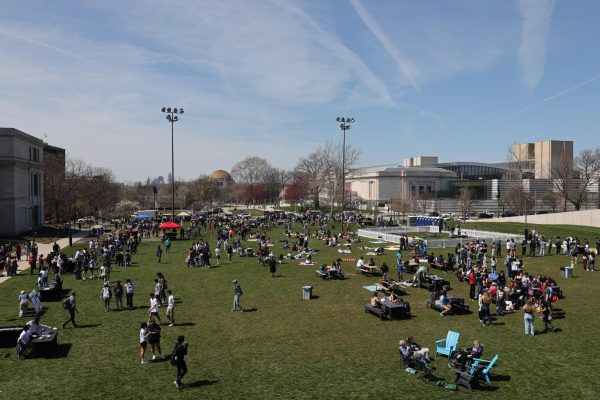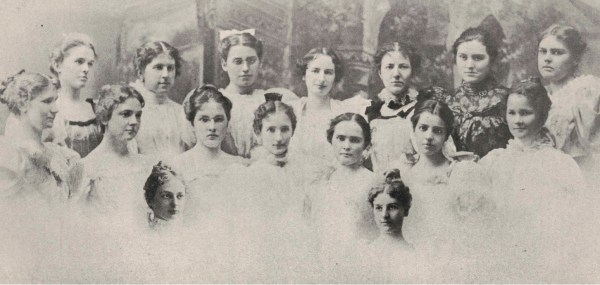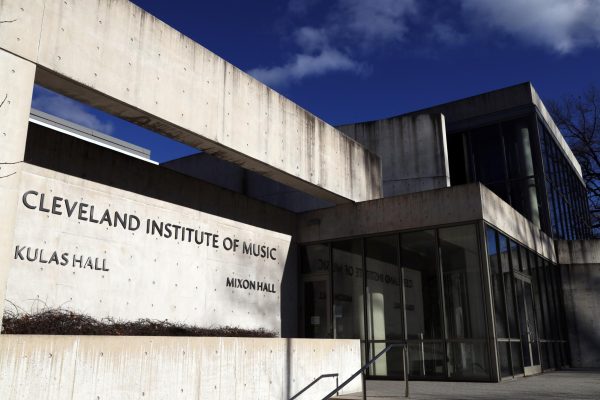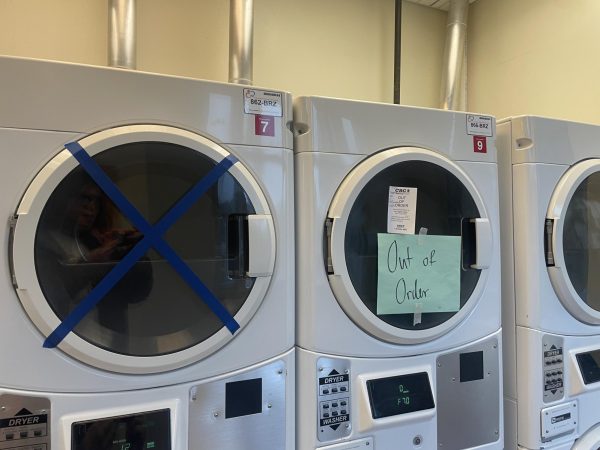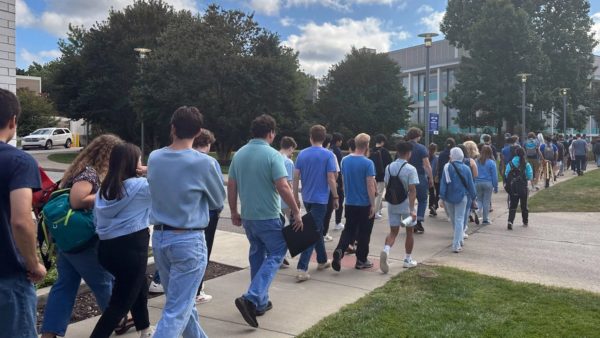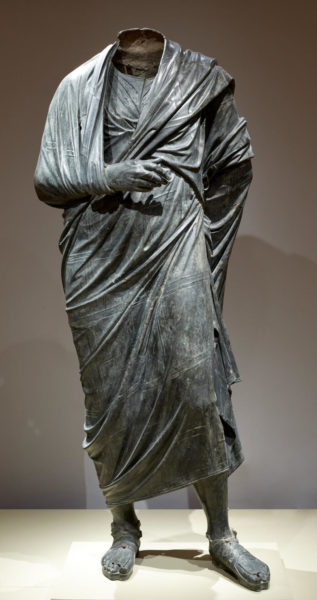CWRU considers ending use of need-blind admissions
For the first time in 10 years, Case Western Reserve University is considering changing the way it runs its admissions. Currently, CWRU practices need-blind admissions, but they don’t meet 100 percent of financial need. They are considering removing the need-blind aspect.
Four different methods exist in evaluating an applicant in terms of their financial need: need-blind and meeting 100 percent need, need blind and not meeting 100 percent need, need-aware and meeting 100 percent need and need aware and not meeting 100 percent need.
CWRU currently follows the second type, where the admissions department does not consider the financial status of an applicant when determining their admittance status.
“Case has changed so much, so it’s time we revisit these policies,” said Vice President of Enrollment Management Richard Bischoff.
Although the first type seems ideal, it can reduce the diversity in the student body.
“Institutions that follow the first type end up having a very small merit scholarship program,” said Richard Bischoff. “Their student body usually consists of many wealthy and low class people; not so much of the middle class.”
Over the past eight years, the applicant pool at CWRU has increased from 7,500 to 23,000 this year. In addition, the acceptance rate has decreased from 75 percent in 2007 to less than 28 percent this year.
For the first time in 10 years, students also had the option to apply early decision. This is a binding contract between the applicant and the institution stating that the applicant is bound to enroll if they are admitted in the fall. CWRU had two early decision deadlines this year: Nov. 1 and Jan. 15.
According to Bischoff, about 100 applicants were admitted through the new early decision program.
“As the applicant pool continues to grow, in March we find ourselves with many highly qualified students being put on the waitlist,” Bischoff said. “Then, they call us saying, ‘CWRU was my first choice.’”
The addition of the early decision program would help the admissions department to get a better idea of which students are truly committed to CWRU.
Bischoff highlighted the changes in the University Circle area as well.
Ten years ago, in the space where Chipotle and Panera Bread are, there was an abandoned strip mall, and in the space where Constantino’s stands was a large empty parking lot.
“For many undergrads, trying to imagine Case without Uptown is not possible,” Bischoff said.
Since 2007, the addition of Uptown as well as the museums in the area has significantly added to the feel of the school. However, through the outreach efforts of the admission department, there have also been changes in the internal aspects of CWRU.
The admissions department is still working to decide which method of admissions is best for the evolving CWRU.
“It’s not a matter of making a decision right away because there really is no rushed timeline,” Bischoff said. “It’s about finding the best policy for CWRU.”








